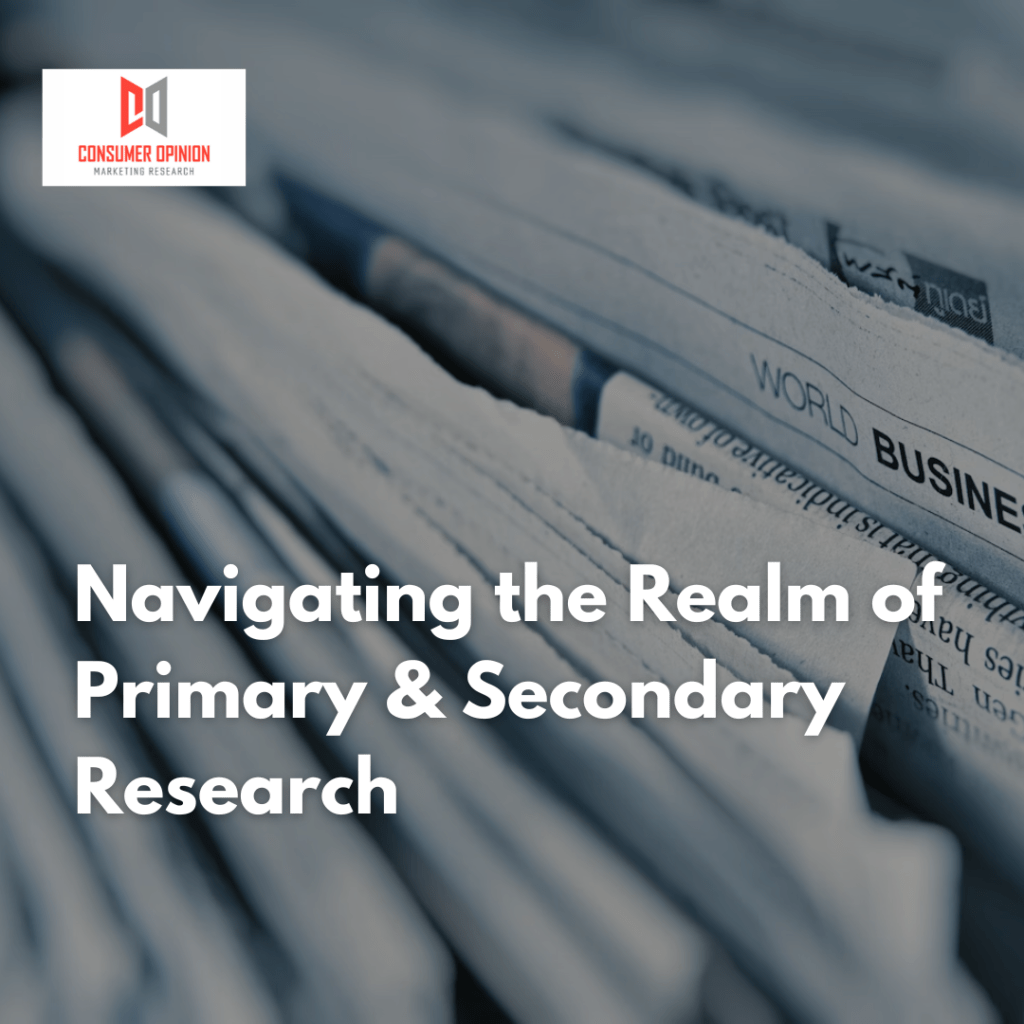
Introduction:
In the intricate world of research, two fundamental methodologies stand out as pillars supporting the pursuit of knowledge – primary and secondary research. Understanding the nuances that differentiate and intertwine these methods is essential for constructing a robust and comprehensive research strategy. This article delves into the distinctions and commonalities between primary and secondary research, offering insights into how their combination can elevate the depth and breadth of your investigative endeavors.
Defining Primary Research:
Primary research involves the direct collection of data from original sources. This method is firsthand and unfiltered, allowing researchers to tailor their inquiries to specific research objectives. Common techniques include surveys, interviews, focus groups, and observations. The primary researcher actively engages with subjects, generating raw and unique data tailored to the research’s specific needs.
Exploring Secondary Research:
Contrastingly, secondary research involves the analysis and synthesis of existing data collected by others. This method taps into a vast reservoir of pre-existing information from sources such as academic journals, reports, articles, and databases. Secondary research is more cost-effective and time-efficient but relies on the integrity and relevance of the collected data. Researchers do not have direct interaction with the subjects, and the data may be interpreted through the lens of the original collector.
Divergence and Convergence:
Primary and secondary research diverge in their approach, with the former prioritizing firsthand data collection and the latter relying on pre-existing information. However, their paths converge as both methods aim to generate insights, validate hypotheses, and contribute to the knowledge base within a specific field. Combining these methodologies forms a synergistic research approach, harnessing the strengths of each to create a more comprehensive understanding.
The Power of Combination:
Integrating primary and secondary research into a cohesive strategy offers a wealth of benefits. Primary research provides depth, offering specific and tailored data that addresses unique research questions. On the other hand, secondary research provides breadth by placing findings within the context of existing knowledge and theories. The symbiotic relationship between the two creates a robust framework for more informed decision-making.
Practical Application:
Consider a scenario where primary research is conducted to understand customer preferences for a new product. Simultaneously, secondary research is employed to analyze market trends, competitor strategies, and industry benchmarks. The fusion of these approaches not only validates the primary findings but also places them in a broader context, enhancing the overall quality and reliability of the research.
Conclusion:
In the dynamic landscape of research, recognizing the distinctive attributes of primary and secondary methodologies is essential. By understanding how these methods diverge and converge, researchers can craft a comprehensive strategy that combines the depth of firsthand insights with the breadth of existing knowledge. Embrace the power of a dual approach – where primary and secondary research harmonize to unlock a deeper understanding of the complex tapestry of information within any given field.



